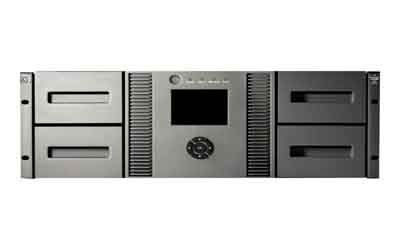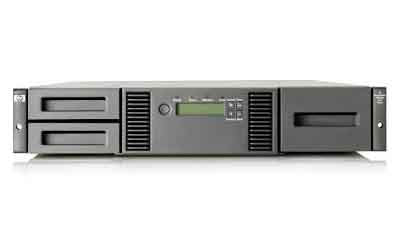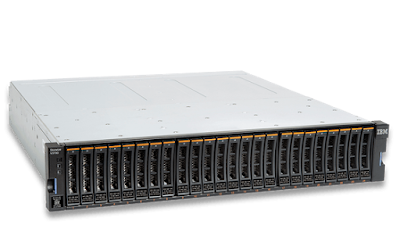IBM TS3100/TS3200 Tape Library in driveless configurations
The IBM System Storage TS3100 Tape Library Model L2U Driveless and the IBM System Storage TS3200 Tape Library Model L4U Driveless are designed to offer high capacity, enhanced performance, and technology for the midrange open systems environments. The products are included as part of the IBM System Storage tape library family of offerings. These new driveless versions of the TS3100 and TS3200 Tape Library are being introduced in HVEC/Xcc to mimic the product structure available in AAS where the Tape Library is a base automation device and drives of various LTO generations and attachment types are available as features. These driveless versions of the TS3100 and TS3200 Tape Library in HVEC/Xcc will allow simplification in stocking and inventory of libraries, particularly for business partners and customers, with the flexibility of matching the drive of choice at time of need. For full functionality, the TS3100 and TS3200 Tape Libraries Driveless models require IBM LTO





